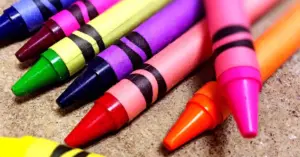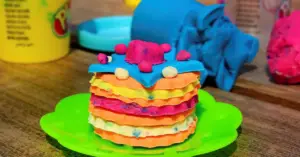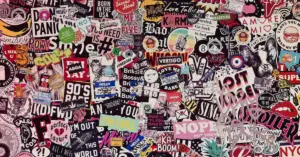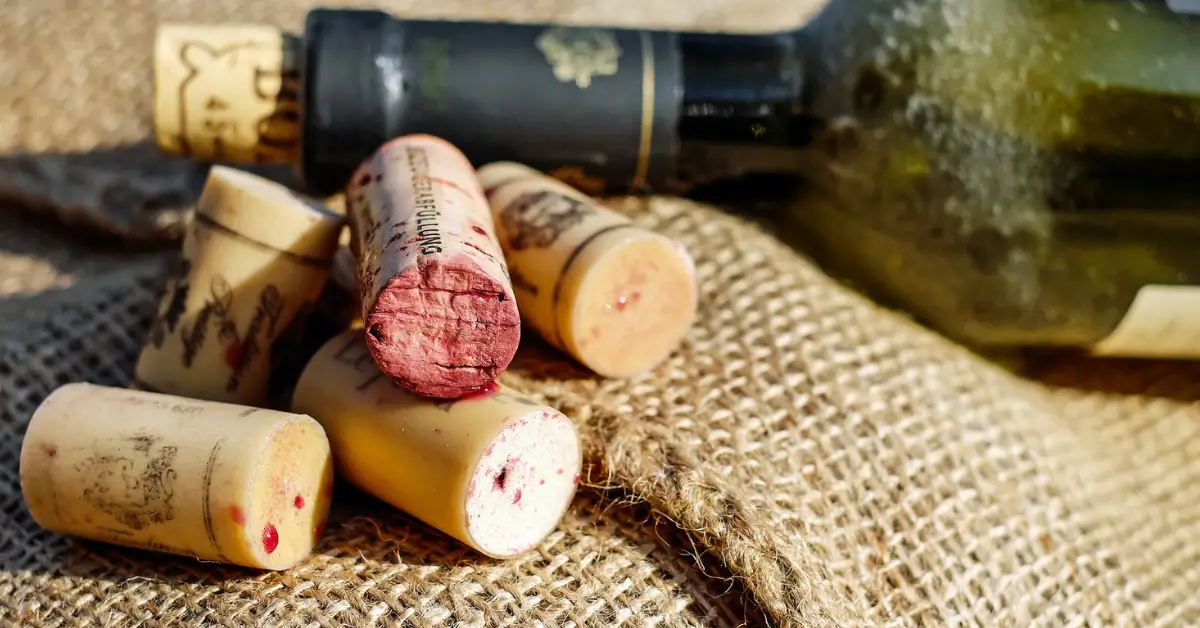Believe it or not, in the 18th century it is estimated that 80% of the global population were wearing hemp fabric. Unfortunately, it fell out of popularity due to the sheer amount of work involved to go from plant to fabric. But the properties of hemp fabric that made it a popular clothing choice back then remain. Garments made from hemp fabric are durable and made to last.
Despite the stigma of hemp, it is making a comeback! This is great news in terms of the environment, hemp fabric ticks a lot of boxes on the sustainability front. But what about when your shirt has reached the end of its usable life? Is hemp fabric biodegradable and can it be composted?
How is hemp fabric made?
Hemp fabric is made from the stalky part of the Cannabis sativa plant. The long fibers that make up the outer layer of the stalk are separated from the core of the stem in a process known as ‘retting’. This can either be done using a chemical method or more natural methods such as water retting. Once the long fibers have been removed from the stalk, the fibers are then spun to produce a continuous yarn. This yarn is the basis of the hemp fabric.
Is hemp fabric biodegradable?
A material is deemed biodegradable if it can be naturally broken down by micro-organisms. It is estimated that hemp fabric can biodegrade within a matter of weeks. However, this would be if a thin piece of pure hemp fabric was placed in optimal conditions. A matter of months is a more realistic timeframe.
Although perhaps not at lightening quick speed, it is still extremely quick compared to a lot of other materials. In the fashion world it is definitely up there with the quicker materials to biodegrade. To put this in perspective, wool can take up to five years to biodegrade!
Can hemp fabric be composted?
You may assume that since hemp fabric is biodegradable it will automatically qualify to be added to the compost pile. This is a common misconception and is unfortunately not true. Not all materials that are biodegradable can be composted. To be eligible, they must ultimately be able to contribute to a nutrient-rich final product.
Hemp fabric fits the bill – it is both biodegradable and compostable.
There are two main types of materials when it comes to composting – ‘brown’ and ‘green’. Browns are those which are rich in carbon, these include materials such as twigs and cardboard. Greens, on the other hand, are rich in nitrogen and include items such as freshly cut grass and food waste. Hemp fabric, and other natural clothing materials such as cotton and silk, fall into the ‘brown’ category. They are rich in carbon.
Maintaining a healthy compost pile is important – and the brown to green ratio of your pile is an important aspect of this. The right ratio to use is a hot topic for debate in the composting world. If in doubt, we recommend the 1:1 ratio – that is, one part brown to one part green. A lot more straight forward. No math involved, what’s not to like?! It is important to be mindful that every compost pile is different – so some trial-and-error is required. Try and remain patient and your garden will thank you.
If you are new to composting, we address some of the more frequently asked questions here.
Some considerations when composting hemp fabric…
When composting anything, it is often a good idea to cut or crush the item into small pieces. Although not a compulsory step, doing so will kickstart the process. It simply gives the micro-organisms a larger surface area on which to do their thing. This is a bit more challenging with items such as pistachio shells, but hemp fabric is straight forward – simply cut it into strips with a pair of scissors.
Sometimes, hemp can be blended with other types of fiber to make a garment. This can reduce costs for the manufacturer, and ultimately the customer, whilst also giving the garment different properties. In terms of composting, you do not need to worry if the hemp has been blended with another natural fiber such as cotton. However, it will affect the composting process if it is blended with a synthetic material – synthetic materials will not biodegrade.
It is also important to note that chemicals may have been used heavily in the manufacturing process. This will vary largely from brand to brand. It is common advice in the composting community to avoid using the finished compost product on edible plants if the pile could contain a significant amount of chemicals. This is a potential risk here.
The bottom line
Hemp fabric is a wonderfully sustainable fabric in terms of production. When it reaches the end of its useable life it can also be disposed of in an environmentally friendly way. We always advise passing on garments to friends, family or charity to squeeze every last bit of use out of it. However, if this is not possible, composting is a great alternative – providing a nutrient-rich fertilizer for your garden and benefitting the planet at the same time. Everybody wins!







